Welcome to yet another lens review of yet another 50mm! I bought this lens used over at MPB.com for 139 EUR in September 2021. My reason for buying this lens despite the fact that I have the AF-D version, is that I am ever so slowly preparing to move to the Nikon mirrorless camera series, and the AF-S lens here will give me AF focus on the Z-mount as the motor is built into the lens body.
Build and appearance
The first that stuck me when unboxing the lens was how light it is – around 180 grams and hence 40 grams or so lighter than the AF-D version. On the other hand the G-lens is both taller and wider than the AF-D version. The lens is built in China and has a filter diameter of 58mm. Needless to say, there is no vibration reduction.
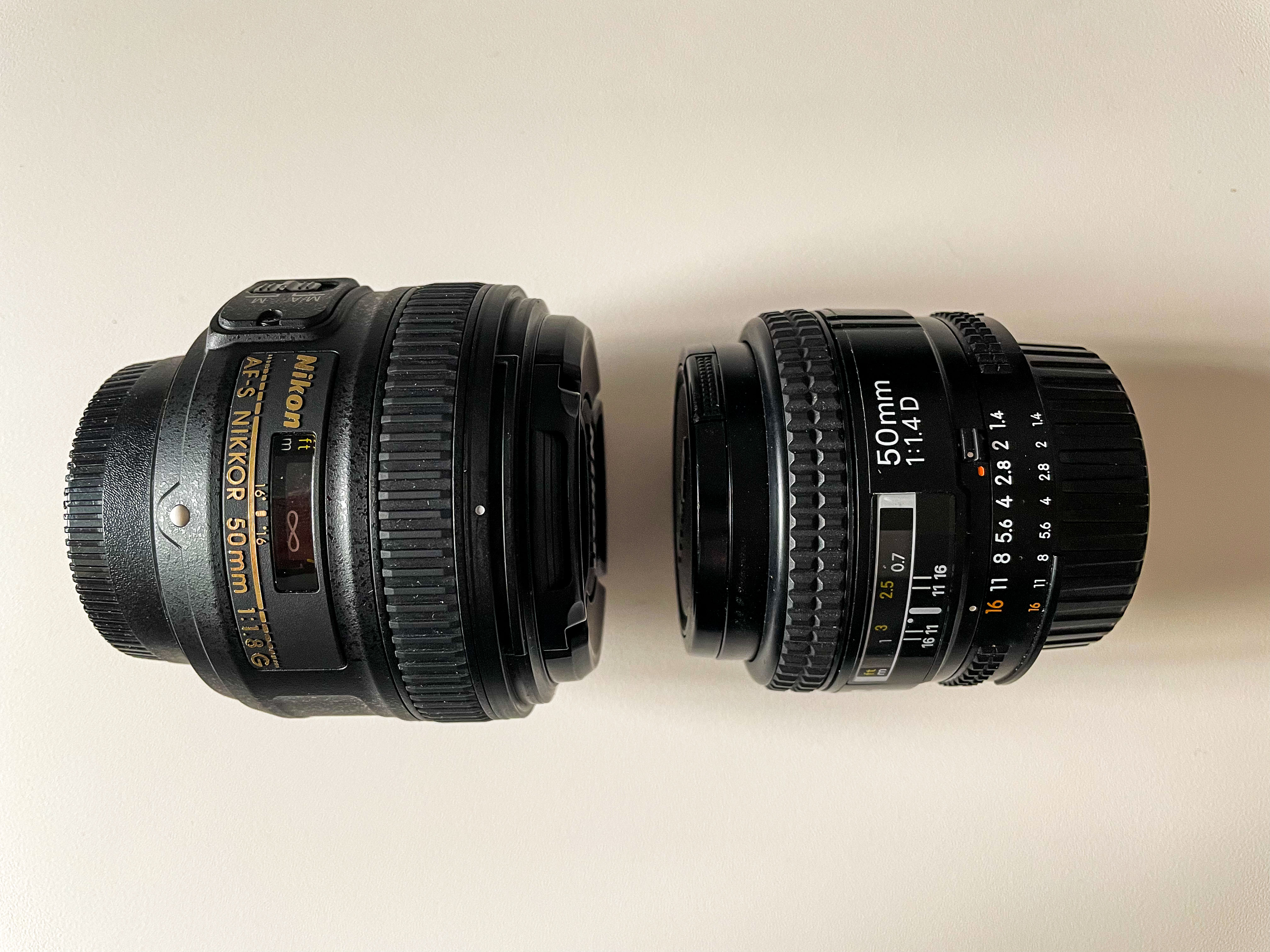
A nice deep lens hood is supplied with the lens and on top of this the front of the glass sits rather deep in the lens, which keeps it well protected from scratches and the like. The deep position in combination with the lens hood should effectively counter flare.
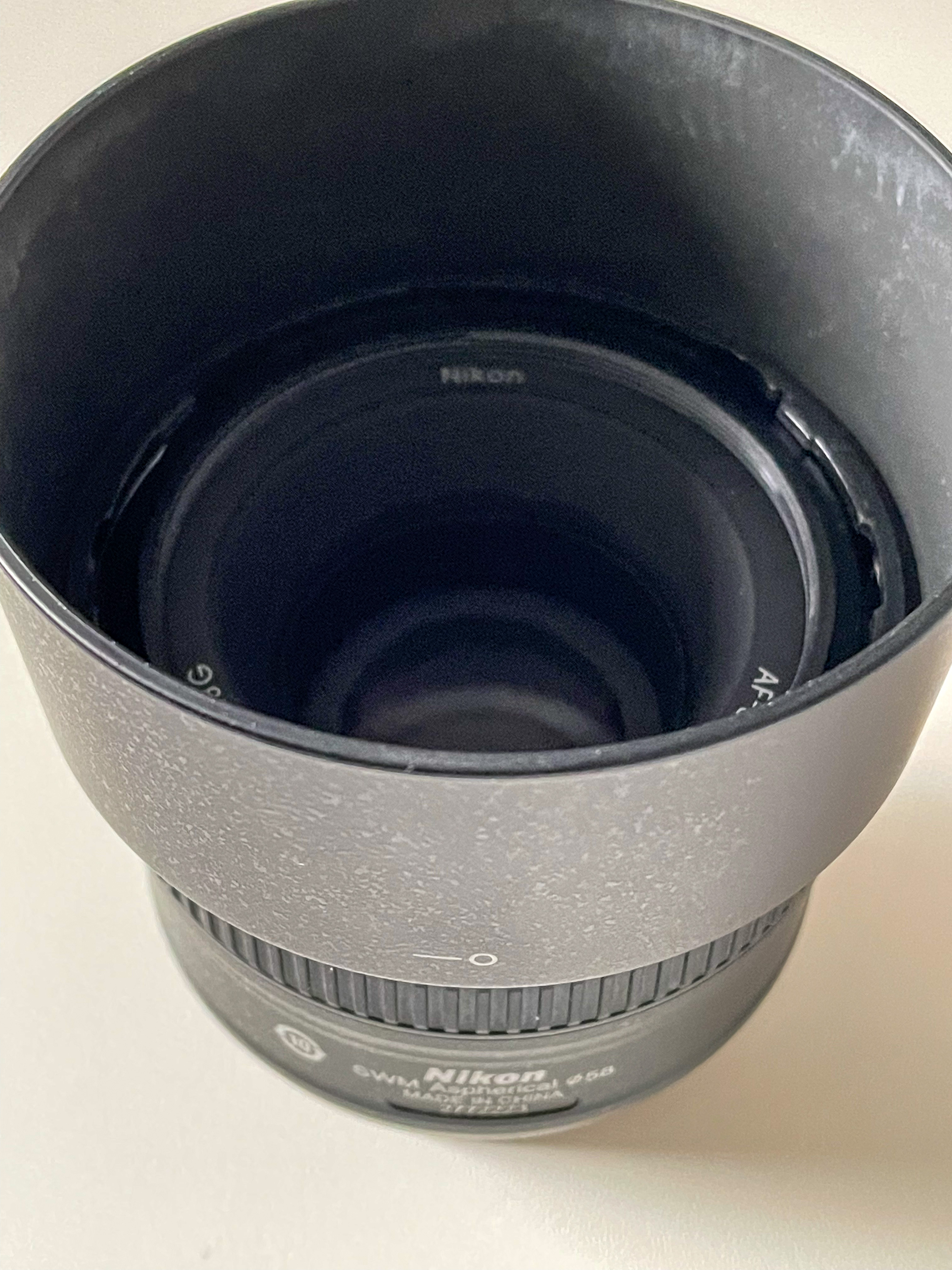
There is no aperture ring – aperture has to be controlled from the camera body. Other than the focus ring, there only is a M/A to M switch, that allows you to switch between auto focus and manual focus, with manual override of the former as soon as you touch the focus ring. The lens mount is all metal as we like it, and there even is a small rubber gasket to dust seal the lens/camera interface (the lens is not weather sealed). There is a simple distance scale for both meters and feet, but the depth of field mark is only made for f/16.
Sharpness and contrast
Looking at the MTF chart that Nikon has provided, the center sharpness should be quite good, and decline towards the edges in a rather constant manner (blue line). Contrast on the other hand (red line) is a better story:
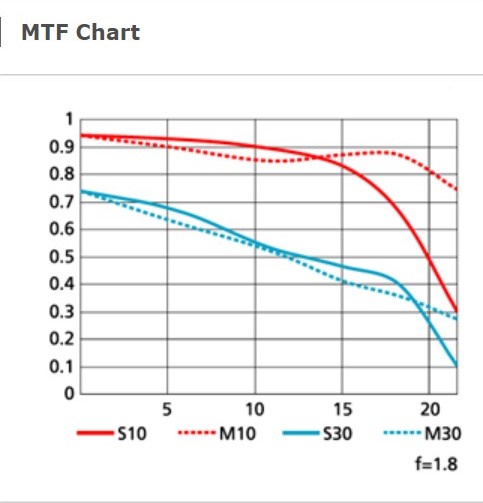
This is of course only fully open as Nikon only reports the MTF charts for their lenses this way – as indicated by the f=1.8 bottom right of the graph.
I have done a bit of not-too-scientific testing with my Nikon D750 in base ISO, at 2 meters distance with manual focus, on a tripod tripod in aperture priority mode, and it confirms the above graph also for not-so-wide apertures. Contrast is very good but if you want sharpness in the corners, you have to stop down the lens to around f/5.6 or even a bit more before it compares to the center sharpness.
The “real world” image below is probably very difficult to see in details, but the corner sharpness for the same motive shot at 1.8 and 5.0 (right) yields very different results in quality: the left image is less sharp and along the middle stem you can also see a purple line on the right hand side, created by chromatic aberration. Mind you that this is zoomed in 300%, and most will never need to go into that level of detail or even see that there is a difference between the two images at normal zoom. But I did it here to illustrate the point that the lens is significantly softer and has more aberration in the corners wide open than stopped down.
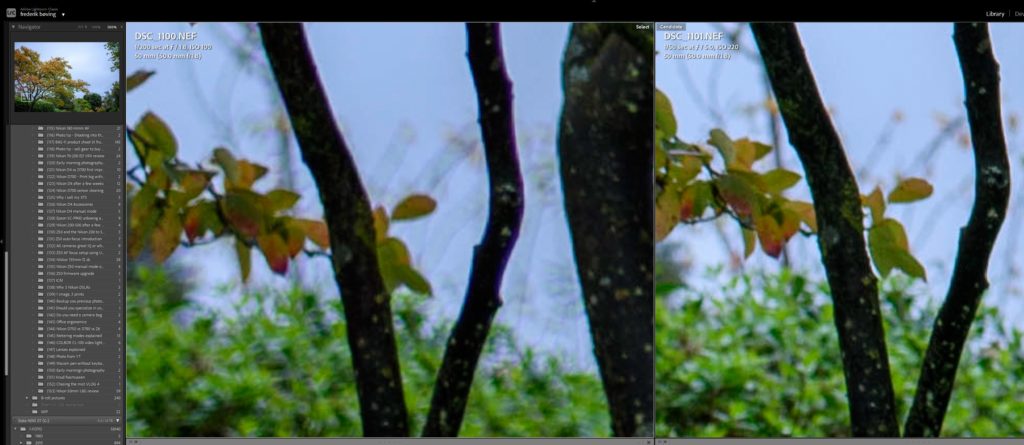
Chromatic Aberrations
This lens will yield chromatic aberrations, especially wide open and especially in the corners. It is however, pretty well controlled and I have so far been able to remove it in Lightroom.
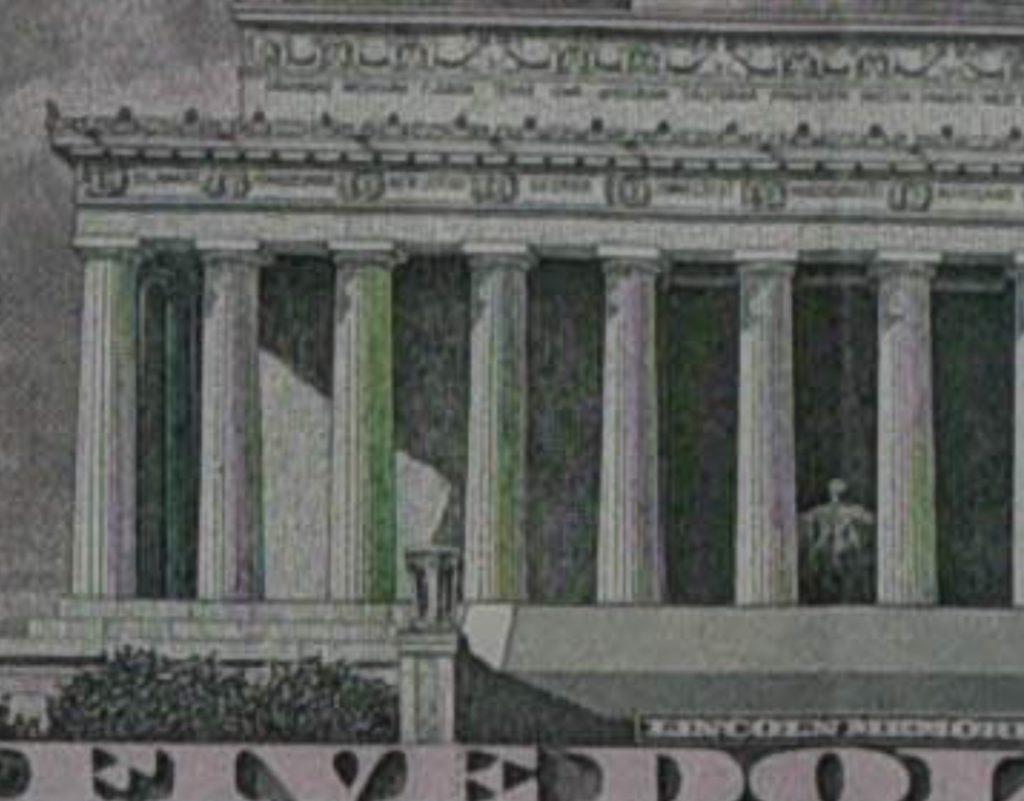
However, I did have to use the manual sliders to get the CA eliminated fully:
Autofocus
One of my reasons for staying clear of the 1.4 version of the 50mm AF-S lens is that it – other than being softer than this one – is reported to have a surprisingly slow auto focus, so slow that the AF-D version beats it! I am happy to say that the 1.8 version here has a fast AF as you would expect, maybe not sufficiently silent for videographers, but for most other uses I think you will love the fast and silent performance.
Also notice that this lens will give you auto focus on entry level cameras like the Nikon D5600 and it will also work fine on a mirrorless camera with an Nikon FTZ adapter.
Focus shift
My simple test of this lens where I focus manually at f/1.8, take a picture and then stop down to f/8 and take yet a picture, shows no focus shift between the two images. This is good news as the lens will focus well on a DSLR with a contrast detect focus system.
Focus breathing
The short of the long of it when it comes to focus breathing is: yes. And to such an extend that I think videographers should look elsewhere. Most others I think would not care and probably would not even notice.
Flare
Normally I test flare by taking my iPhone and shooting some light from the torch sideways into the lens, i.e. from a bit outside the angle of view. Due to the construction of the lens where the front of the glass is immersed, this has not been possible. So I instead used my iPhone to see if I could provoke some flare, and at f/1.8 I succeeded:

However, I find this to be pretty well controlled. You can see the coating of the glass makes the flare appear green and very dampened. Mind you however, that my reference point is how Nikkor vintage lenses produce flare, so my reference point may be a bit skewed.
Sun stars
This lens comes with rounded aperture blades and 7 of them. Normally I am not a big fan of rounded blades as it gives odd looking sun stars. But Nikon has somehow managed to find a good compromise here so the sun stars do look quite ok if you ask me. It is of course a matter of taste.

Bokeh
The bokeh when the lens is fully open at f/1.8 is a bit to the oval side, which always surprises me as the lens is a round as round can be. However, this is what I get when shooting my coffee with a few lightbulbs in the background:
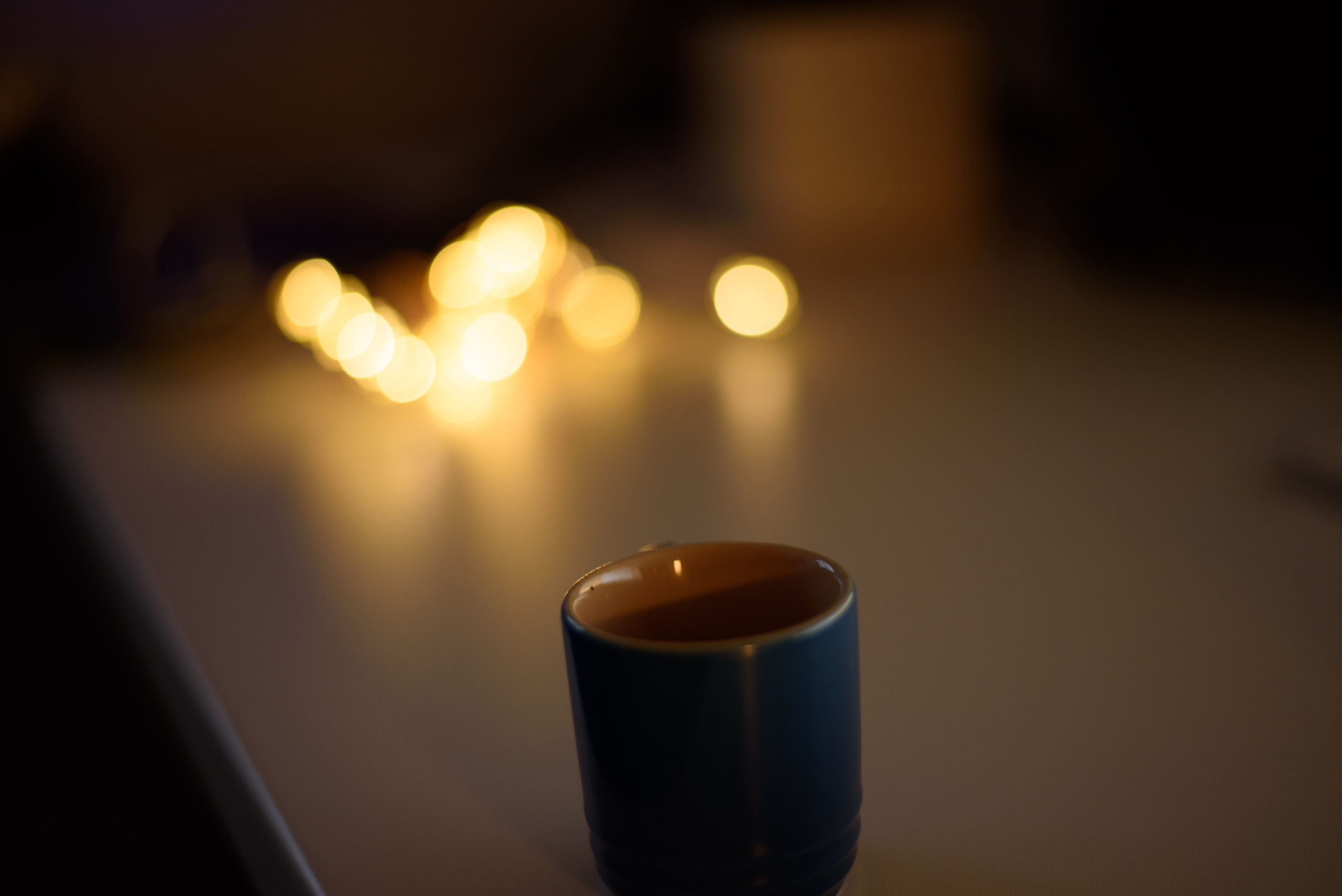
When I stop down the lens to f/2.2, I get completely round and beautiful bokeh:

I have absolutely no complaints here and think that Nikon – as so often before -have done a great job here.
Conclusion and recommendation
This is a very good lens taking the price point of 239 EUR used into consideration. But its performance in terms of corner sharpness may be something for you to consider, especially if you want to use this as a fast lens.
If you want a technically much more perfect lens to use on Z-mount cameras, I have seen the Nikkor Z 50mm f/1.8 S used over at MPB.com for 479 EUR, i.e. double the price. But then you get one of the best affordable 50mm lenses made so far – the reviews I have read of this lens are really praising it’s performance.
If built in AF motor is not that important to you, the 1.4 AF-D version could be a more budget friendly alternative at 194 EUR. It is also a faster lens, and the AF performance (other than being more noisy) will be at par with the reviewed lens for most Nikon DSLRs. But mind you that this option does not give auto focus on Nikon entry level DSLRs like the 3×00 and 5×00, nor on a Nikon Z mount camera with the FTZ adapter.
What about?
There are a few things that I do not cover in a review, that you may have missed, so I mention it here:
- Color rendition is not covered, simply because it is subjective and difficult to test systematically. I will say that if you in general like the way Nikon glass renders colors, this lens will not disappoint you.
- Distortion is not covered – this can for most modern lenses be corrected in post processing so this is less of an issue if you ask me. Of course annoying if you are a real estate photographer, but it really is easy to fix in post.
- Vignetting – same as for distortion.
Video link
Related reading
Nikon 28-105 f/3.5-4.5 AF-D lens review
Nikon 24mm f/2.8 AF lens review


Hello. There is no AF-D. Why is this always mislabeled? This is not described anywhere at Nikon. AF Nikkor 20mm f:2.8 D is the correct term and the D is as far away from AF as it gets. D has nothing to do with the AF, but means something like “distance”, which means that the distance (which can also be produced using MF) is reported to the exposure meter, with which you can then make a more precise flash exposure in certain situations. AF alone is the correct term for these glasses, because some AF glasses with a D at the end differ from older AF versions only by this distance message. This unnecessary and incorrect designation has become commonplace at some point, is constantly repeated and just as often leads to confusion and confusion. There are only AF, AF-i, AF-S and AF-P on Nikon DSLR lenses. D and G have absolutely nothing to do with the AF drive. Unfortunately, guys like this so often wrong and superficial Ken Rockwell also spread this and don’t take into account that they in particular are somehow opinion-forming and should be role models. The whole thing is terrible.
https://www.nikonimgsupport.com/eu/BV_article?articleNo=000039919&configured=1&lang=de
I can see evne DXOMark uses the AF-D term and I think it is because it is an easy way to generally label glass with auto focus and distance information and then the general term has made it’s way to the individual lenses.